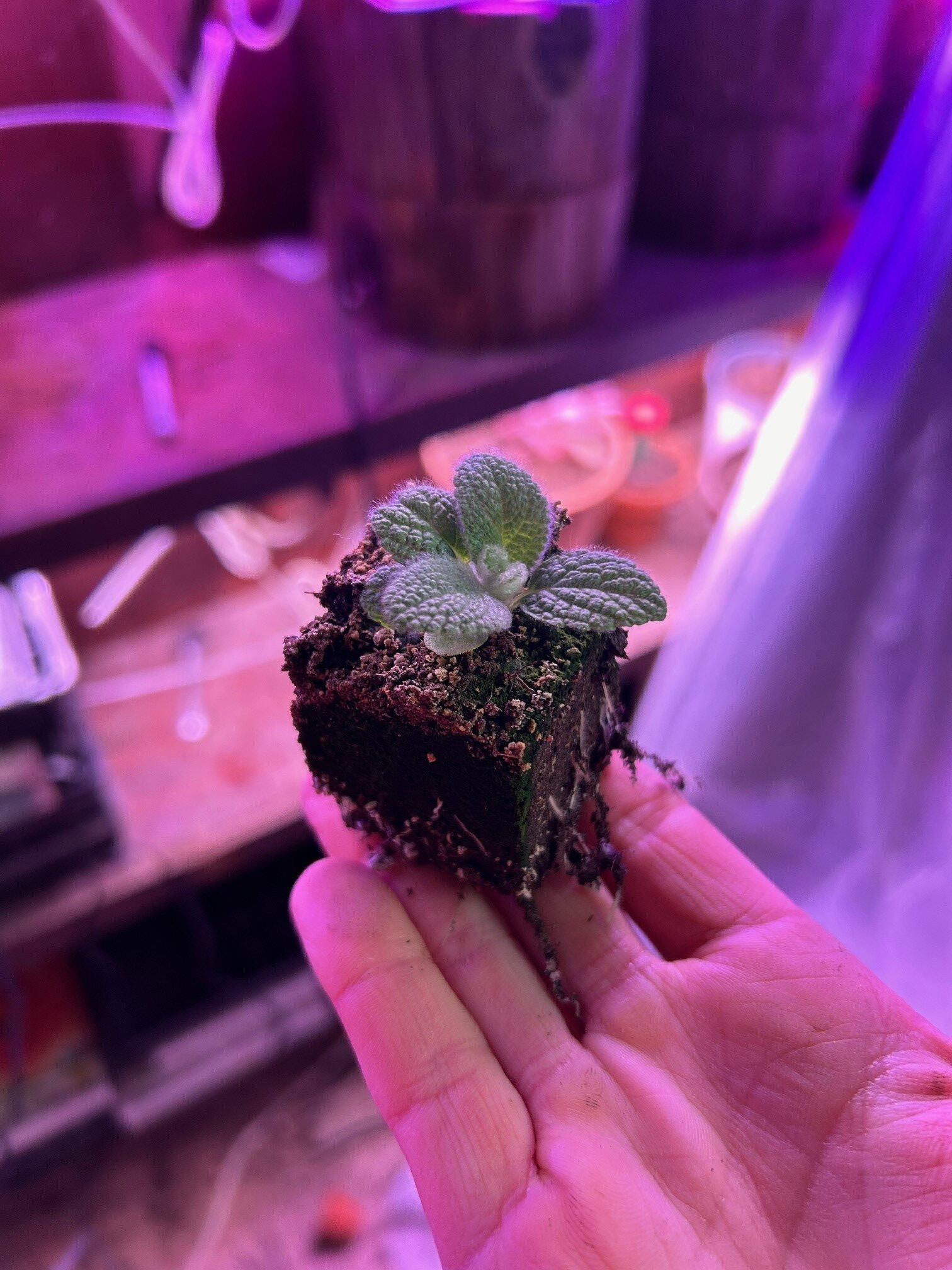Understanding Soil Blocking: What It Is and How It Works
Soil blocking is a method of seed starting that allows gardeners to create small, self-supporting blocks of soil in which seeds can germinate. This technique not only provides an excellent growing medium for young plants but also offers environmental benefits by reducing the need for plastic containers. The process involves creating soil blocks from a specially formulated soil mix, which is pressed into molds using blocking tools to create uniform shapes. This method promotes healthy root development and can significantly enhance overall plant growth.
To begin with soil blocking, one must gather the necessary materials. A quality soil mix is paramount; ideally, it should be a blend of ingredients that retain moisture while allowing for ample drainage and aeration. Common components of an effective soil mix include peat moss, compost, perlite, and vermiculite. It is vital to ensure that the soil mixture is adequately moist but not overly wet, as this will affect the formability of the blocks. Additionally, blocking tools, such as a soil blocker or block maker, play a crucial role in shaping the soil into the desired dimensions.
The actual process of forming soil blocks involves filling a blocker with the prepared soil mix, packing it down firmly, and using a lever mechanism to release the block onto a planting surface. Each soil block serves as a mini pot, providing a defined rooting area for seed starting. The blocks can be placed on trays or directly in a garden setting, depending on the gardener’s preference. This innovative method of seed starting not only simplifies plant management but also encourages stronger seedlings that are less prone to transplant shock when eventually transferred to their final growing locations.
Pros and Cons
The soil blocking method has gained popularity among home gardeners for its unique approach to seed starting. One of the primary advantages of this method is enhanced aeration. Unlike traditional seed trays, which often hold moisture in a compact environment, soil blocks allow for better air circulation around the roots. This results in healthier plants that are more resilient to diseases and pests.
Another significant benefit is the improvement in root health during transplantation. Soil blocks minimize disturbance to the root system as seedlings can be transferred directly into the garden or larger containers without the risk of root binding. This leads to a smoother transition for the plant, as the roots are less traumatized. Additionally, a noteworthy point to consider is sustainability; soil blocking significantly reduces plastic waste typically associated with conventional seed starting methods. By using biodegradable components, this technique aligns with eco-friendly gardening practices.
However, there are also some drawbacks associated with soil blocking. One notable concern is the time investment required to create soil blocks. New gardeners may find the process of mixing soil and using a blocker to form the blocks somewhat labor-intensive and overwhelming. This could deter those who are eager to start gardening quickly. Furthermore, there is an initial learning curve that may present challenges for beginners.
Overall, while the soil blocking method offers numerous benefits such as better aeration, improved root health, and sustainability, its time-consuming nature and initial challenges might not appeal to every gardener. By weighing these pros and cons, individuals can make well-informed decisions regarding their seed starting practices and overall gardening endeavors.
Impact of Soil Blocking on Seedling Health
The soil blocking method has gained recognition for its positive effects on seedling health, rooted in the unique way it promotes strong root structures. When seedlings are grown in soil blocks, their roots have a natural tendency to air prune once they reach the edges of the block. This air pruning encourages the development of a robust root system, as seedlings are less likely to become root-bound, which is a common issue in traditional potting methods. A well-structured root system is essential for nutrient uptake, greatly enhancing the overall vitality of the plants.
Another advantage of soil blocking is the significant reduction in shock experienced during transplanting. Traditional nursery practices often result in transplantation shock due to the disruption of roots when seedlings are moved. In contrast, seedlings grown in soil blocks can be transferred into the garden with minimal disturbance. This gentle transition not only preserves the integrity of the roots but also aids in faster establishment which results in healthier, more resilient plants. This aspect is particularly crucial for home gardeners looking to simplify their processes while still aiming for robust plant health.
Moisture retention is another aspect where soil blocks demonstrate superiority. The composition of the soil mixture used in creating the blocks often allows for better aeration and drainage while still retaining essential moisture. This balance is critical for seedlings, preventing over-watering and ensuring that moisture is available to the root system when needed. Certain types of seedlings, particularly those with smaller seeds or delicate root systems, tend to thrive in soil blocks due to these beneficial characteristics. However, it is important to consider that some larger plants may encounter challenges with soil blocking, necessitating flexibility in the approach. In conclusion, the soil blocking method presents numerous advantages that significantly enhance seedling health, making it a valuable technique for home gardeners.
- 【Make Perfect Soil Block】 This soil blocker has 4 cells and each cell can make soil with the size of 2in * 2in, which pe…
- 【Reduce The Risk of Transplanting】 This soil divider divides the soil into grids of appropriate size. You can move any s…
- 【Easy To Use】Just make sure the soil in a suitable humidity,level the bottom, then press the seed block maker down gentl…
- 【Soil Block Maker】It can makes 4×2″ blocks. Four steel balls insert forms a dimple on top of the block to accept a seed….
- 【Durable And Eco-Friendly】:The soil block maker is made of high-quality galvanized steel, durable and well-built to last…
- 【Easy to Use】: Place the soil blocker on your choice of seed flat, grab the handle with the palm of your hand and the sp…
- Made of high‑quality steel, strong and durable, and can be used for a long time, reducing the need for wasted plastic ce…
- The manual handle used to make soil blocks has anti‑slip damping and an ergonomic shape for easy planting.
- Essential gardening product, easy to use, and re‑useable for years. This eco‑friendly systems saves on plastic pots.
Time Considerations: Soil Blocking vs. Seed Starting Trays
When deciding between soil blocking and traditional seed starting trays, understanding the time commitment required for each method is essential for effective planning. The soil blocking technique, which involves creating individual blocks of soil for seed germination, differs significantly in time investment compared to using trays.
Preparing the soil for soil blocking generally involves gathering the necessary materials, such as peat moss, compost, and other amendments. This process can take about 30 minutes, depending on the volume of soil needed. Once the soil mix is prepared, creating the blocks requires additional time. Utilizing a soil blocker may take anywhere from 1 to 2 hours, especially for beginners unfamiliar with the technique. This step involves compressing the soil mixture into the blocker and removing the blocks carefully, ensuring integrity and stability.
In conclusion, while the soil blocking method may demand a greater initial time investment, many gardeners find the long-term benefits—such as healthier seedlings and reduced transplant shock—make it worth the effort. By assessing personal gardening goals and schedules, one can determine which method aligns best with their needs.







